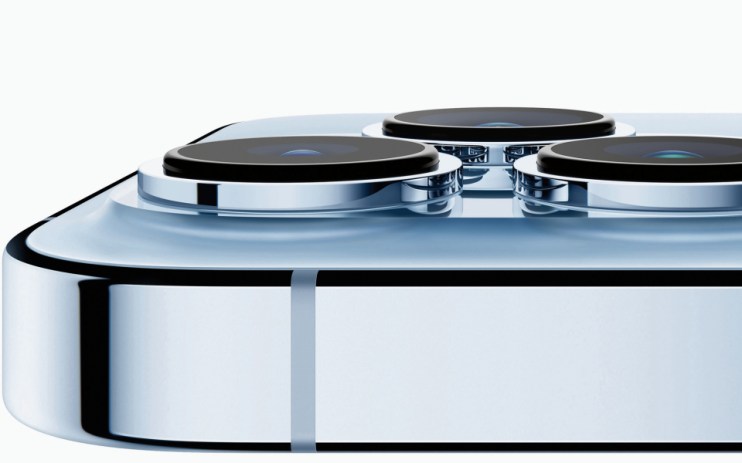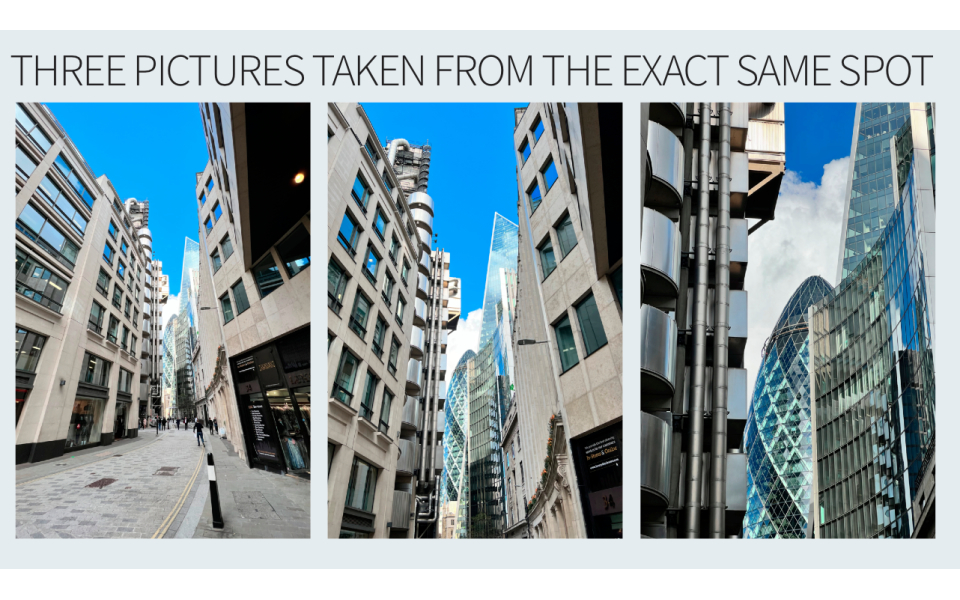Best of 2021: The iPhone 13 is an extraordinary device

Those following the launch of Apple’s iPhone 13 Pro could be forgiven for thinking it doesn’t push the envelope far beyond last year’s already-excellent 12 Pro. It’s essentially the same chassis, distinguishable only by the new colourways – notably Gold and the powdery Sierra Blue – and a marginally smaller “notch” housing the front-facing camera.
It has the usual improvements, of course: brighter screen, better battery, improved cameras – but these are all things we’ve come to expect. After watching the launch presentation, I came away a little underwhelmed. It’s only when you actually spend some time with it that the myriad improvements start to solidify into something extraordinary.
Unlike the previous generation, the iPhone 13 Pro and 13 Pro Max (which I have been testing) have the same feature-set; the regular iPhone 13 and 13 Mini are released on the same day. The Pro Max has slightly better battery life than the Pro but you’re mainly investing in the extra screen real estate – a whopping 6.7 inches – which, when the screen is this good, is a very tempting proposition.
In the hand, the new Max will feel familiar to those using the last gen version, although the 12g of extra weight is noticeable. It’s when you unlock it that you start to see what Apple’s engineers have been up to for the last 12 months. Noticeably brighter, it now comes with something called ProMotion, which is a less intimidating way to say it has a variable refresh rate of between 10-120Hz. This essentially means the phone detects how often it needs to “refresh” the display to add new content. If you’re looking at something static, the refresh rate will remain low to preserve the battery. But flick through your list of apps, and it’ll kick up to 120Hz, giving you silky-smooth scrolling.

It’s hard to quantify how much of an improvement this is, especially as I never had an issue with flickering on the old iPhone. But this just feels better, like a minor tweak in the air conditioning that subtly changes the atmosphere in a room. It also raises the potential of what third-party developers will be able to achieve on Apple’s platform.
The most hyped iPhone 13 feature prior to release was the new camera system. While the raised triple array looks almost identical, it’s all new hardware: improved sensors offering better low-light performance, faster shutter speeds, 3x optical zoom (up from 2.5x on the previous generation). You really notice just how versatile a photography device it is when you take three pictures from the same spot, moving from the ultra-wide angle lens through the wide-angle lens and up to the telephoto lens, resulting in three three wildly different pictures, each one genuinely remarkable.
Even better – especially for people like me who started painting toy soldiers over lockdown – there’s a macro feature (using the ultra-wide lens) with a focal distance of as little as 2cm, which allowed me to take incredibly close-up shots of my Warhammer miniatures, showing every clumsy stroke of paint in brutal and absurd detail.
For the first time, Apple offers a choice of photo “styles”, which tweak the way the iPhone processes images while they are being taken, resulting in warmer, cooler or more saturated pictures without making things like skin tones look weird. Using the “Vibrant” or “Rich Contrast” settings gives you photos with the Insta-ready look preferred by some of Apple’s rivals, while allowing those who prefer naturalism to keep things real.
The other major selling point is “Cinematic Mode”, which adds blurred “bokeh” effects to your videos and allows you to change the focus after the fact, which seems more like witchcraft the more you think about it. You could shoot a video clip of two people, one sitting several metres behind the other, and change the camera’s focus between them as they speak when you’re editing the footage. Like “Portrait Mode” on the previous generation of iPhones, Cinematic Mode automatically pulls the focus towards faces: a shot of the sea crashing onto distant cliffs will shift its focus onto a person walking into the foreground, and pull away again if they turn their back.

Now, this is without doubt a technical marvel, although I can’t help thinking it is an incredibly elegant solution to a problem I have never even considered, let alone faced. If you’re big into Instagram Stories you might get a lot of use from this, although I suspect it’s aimed more at the new generation of professional or semi-professional video creators who might now think twice before shelling out on purpose-built video recording equipment, rather than a tool to make my home videos look suspiciously well produced.
This is all powered by Apple’s new A15 Bionic chip, which is, you know, quick. Elsewhere, MagSafe returns, allowing you to snap various accessories to the back of the handset, and there’s better scratch-proofing on the screen, for which, as a man whose keys and phone often end up as uneasy bedfellows, I am grateful.
The iPhone 13 is exceptional, a subtle but potent improvement over the last generation, not to mention the most advanced, user-friendly handset you can buy today.
